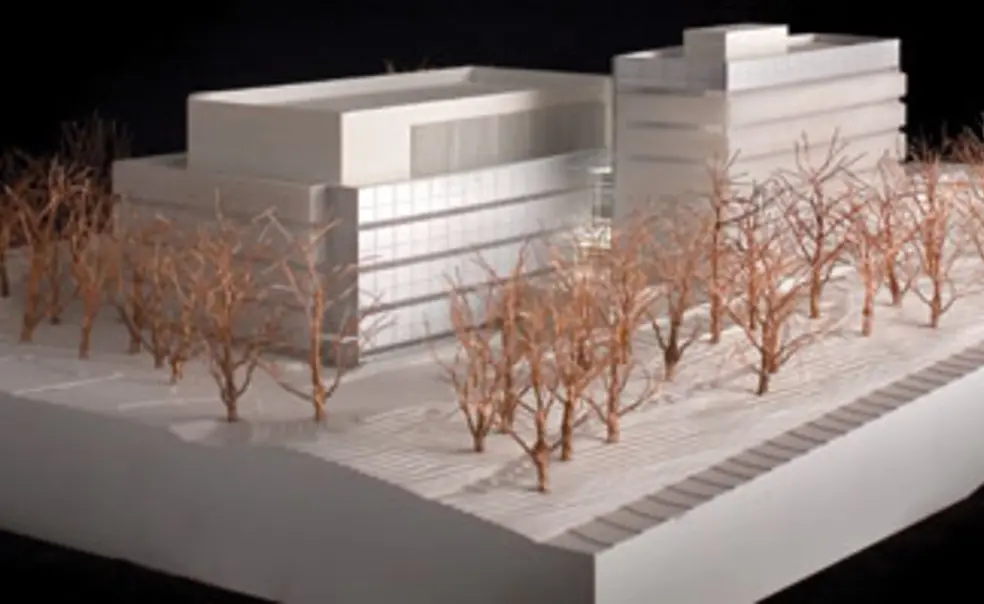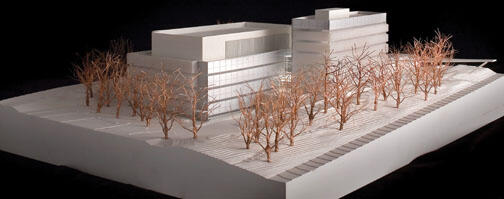Despite the slowdown in University construction, Princeton is hoping to start construction on the proposed neuroscience and psychology building within six months. Because of lower labor and material costs, that schedule could save up to $50 million on a project that was estimated to cost $320 million a year ago, President Tilghman said.
The building is her “most urgent priority,” Tilghman said. Princeton still needs faculty to create a world-class Neuroscience Institute, and “we are flat out of space.” She noted that she has been spending most of her time recently trying to raise the necessary funding “to have some confidence that we will be able to pay for this building.”
Tilghman has spoken repeatedly of her conviction that neuroscience will be the dominating science of the first half of the 21st century, much as physics was the dominating science of the first half of the 20th century and molecular biology the dominant field of the second half.
In November 2005 the University announced the creation of the Princeton Institute in Neuroscience, devoted to fundamental aspects of brain research that combine experimentation, advanced computation, and theory. Plans followed to construct a new home for the institute and the psychology department south of Icahn Lab, across Washington Road from the new chemistry building that is under construction.
The design, by José Rafael Moneo Arquitecto of Madrid, calls for a six-story tower for the psychology department and a four-story wing for neuroscience, joined by a two-story lobby and social space. “The building speaks to the collaboration between the two disciplines,” said University architect Ron McCoy.
Most of the exterior of the 248,000-square-foot building will be wrapped in a double layer of glass, with the outer panels of translucent cast glass. With a number of energy-efficient features, the facility will be built to standards equivalent to LEED silver certification, McCoy said.
Alumni made two significant gifts in 2007 to support of the work of the Neuroscience Institute. The McDonnell Center for Systems Neuroscience, which supports the molecular, cellular, and systems-level studies of physiology, was created by a $30 million donation from James S. McDonnell III ’58 and his brother, John F. McDonnell ’60 *62.
A $35 million gift from John Scully ’66 and his wife, Regina, created the Scully Center for the Neuroscience of Mind and Behavior, which supports the development and operation of brain-imaging research facilities; fields of study include human cognition and behavior.
Psychology professor Jonathan D. Cohen, co-director of the institute, said funding is being sought for a center focused on computational neuroscience.
Scully, a managing director of the California merchant-banking firm he founded, said that it’s a good time to go forward with the building project. Other institutions have announced neuroscience initiatives, “and timing is important,” he said. “Princeton never wants to be second-best.”
The institute has recruited six faculty members in the past three years for a total of 16, Cohen said, and hopes to grow to about 25 after the new building opens.
He said the undergraduate certificate program in neuroscience currently has 70 juniors and seniors, and the University’s new Ph.D. program enrolled its first nine students in September. The institute has plans to add advanced microscopes and new imaging devices, “but we’re running out of space.”
Tilghman said the University has secured all the permits for construction, which is expected to take three years.













No responses yet